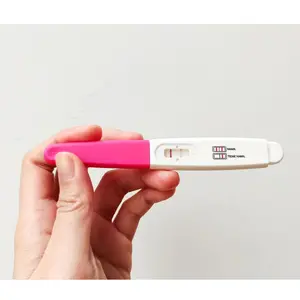
Sponsored
Sponsored
The Sobering Truth About Fertility
Global declines in birth rates have made headlines, but the rise of male and female infertility has largely been overlooked. Infertility is defined as the inability to get pregnant after trying for one year. In 2021, Scientific American reported that the world-wide fertility rate dropped by almost 1% per year from 1960 to 2018.
The Centers for Disease Control and Prevention reports that about 1 in 5 American married women in their reproductive years have difficulty in either getting pregnant or carrying to a live birth, and 11.4% of men ages 15-49 have some form of infertility.
For women, a study found a 1% per year increase in reported miscarriage rates in the U.S. over a two-decade period. The increase in infertility among women has manifested itself in the increased use of assisted reproductive technologies, including egg freezing and in vitro fertilization among younger women, not just those that waited to start families until after age 35. There also has been an increasing trend in the use of gestational surrogacy as family has taken on a wider definition than traditionally, and as corporations have begun to include fertility benefits in their employee compensation packages.
Numerous studies have identified an increase in male fertility issues, including:
- Declines in sperm concentration (52%) and total sperm count (nearly 60%) between 1973 and 2011. At this rate, average sperm count could be zero by the middle of this century.
- Decreases in testosterone levels of almost 1% per year during recent decades in excess of natural, age-related declines.
- Declines in total testosterone levels among adolescent and young adult males from 1999 to 2016.
- Increases in testicular cancer rates.
- Increases in the prevalence of erectile dysfunction among younger men.
REFERENCES
https://www.cdc.gov/nchs/data/nhsr/nhsr202.pdf
https://pubmed.ncbi.nlm.nih.gov/29053188/
https://pubmed.ncbi.nlm.nih.gov/27087401/
https://pubmed.ncbi.nlm.nih.gov/38176517/
https://academic.oup.com/humupd/article/23/6/646/4035689?login=false
https://pubmed.ncbi.nlm.nih.gov/19396984/
https://pubmed.ncbi.nlm.nih.gov/32081788/
https://www.cancer.org/cancer/types/testicular-cancer/about/key-statistics.html


 By
By



